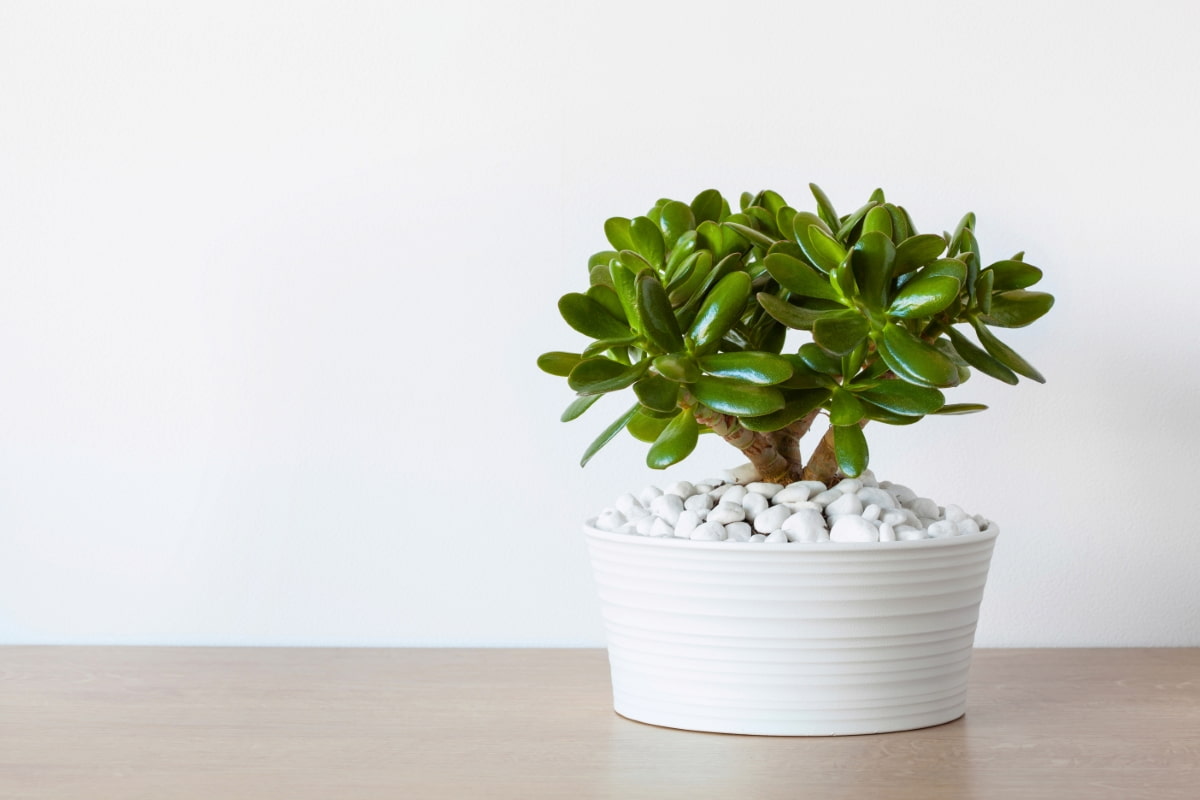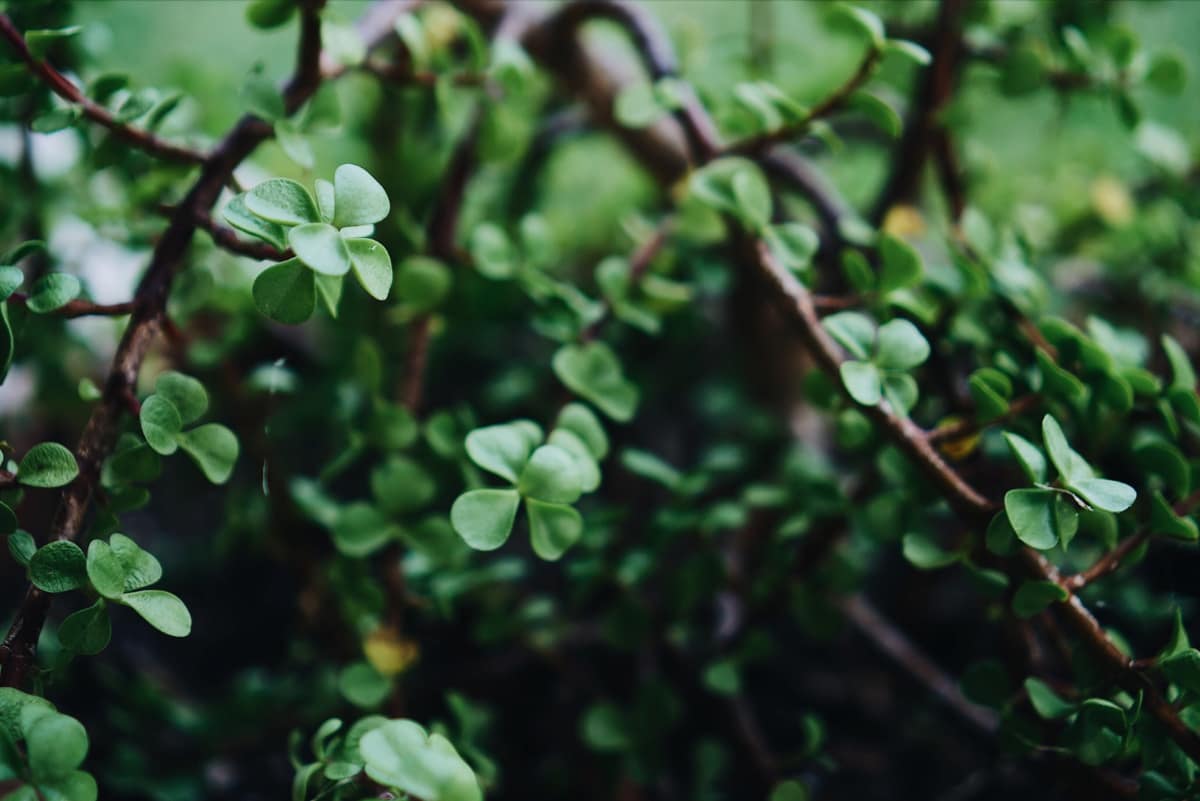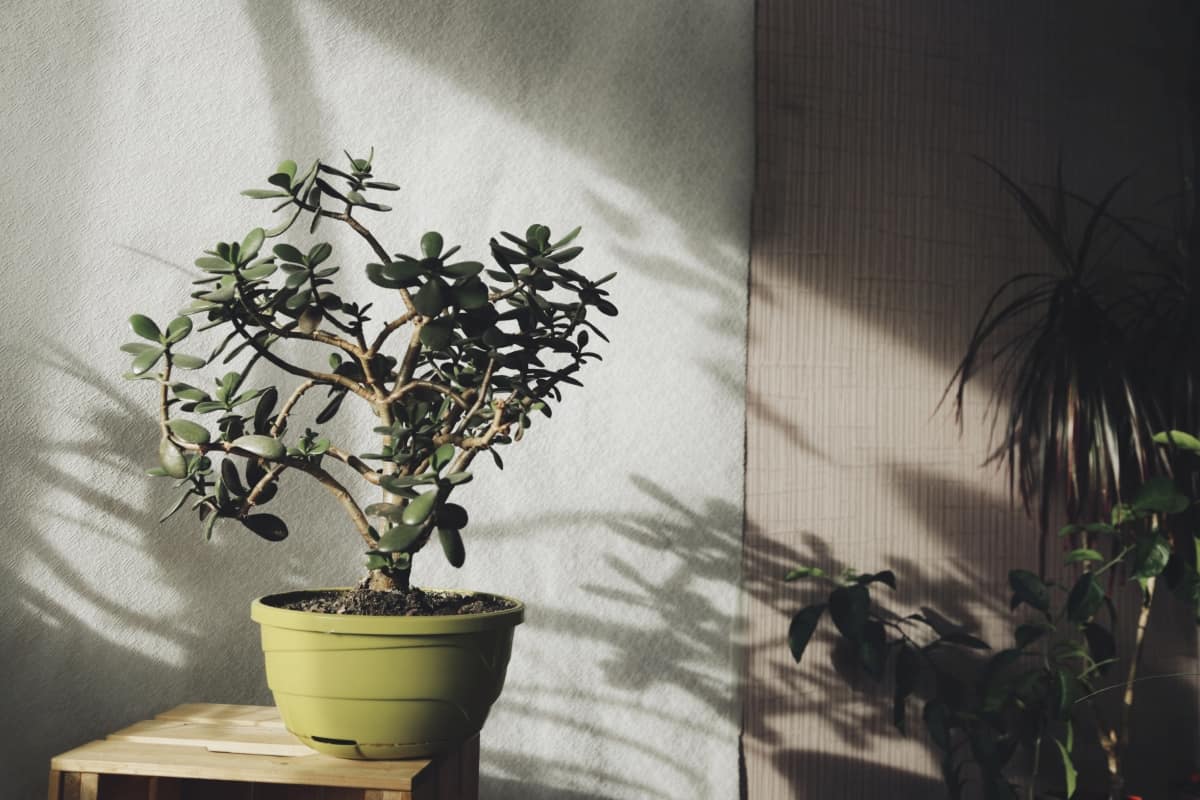Growing and caring for Jade plants is a rewarding experience. Their unique appearance and easy-to-care-for nature make them a great addition to any home or garden. Remember to provide your Jade plant with adequate sunlight, well-draining soil, and regular watering. Be sure not to overwater your plant, as it’s sensitive to excess moisture. With different varieties available, you can choose the one that suits your style preference best.

How to Grow and Care for Jade Plants
The Best Soil for Jade Plants: A Beginner’s Guide
Jade plants are succulent and have specific soil requirements for optimal growth. A well-draining soil mix is essential for Jade plant growth as they do not like standing water around their roots. A good soil mix for Jade plants should include perlite, coarse sand, peat moss, or coconut coir. The perlite and sand will ensure the soil drains quickly, while the peat moss or coconut coir helps retain moisture.
It’s important to avoid using regular potting soil when planting Jade plants since it tends to hold moisture longer than necessary, leading to root rot issues. Another crucial factor in ensuring healthy growth is avoiding compacted soils, which can restrict root development, making it harder for your plant to take up nutrients. Growing a healthy Jade Plant requires a suitable pot with well-drained porous soil that isn’t too dense but remains moist enough so that your plant gets all the nutrition required without any stress on its roots.
Sunlight Requirements for Healthy Jade Plants
Providing your Jade plant with adequate sunlight is essential to its health and growth. Ideally, Jade plants should be placed in a bright area with indirect sunlight. A north-facing window is often an excellent location for a Jade plant because it provides bright light without direct sun exposure. If your Jade plant isn’t getting enough light, you may see signs such as slow growth or stretched-out stems with larger spaces between leaves.
On the other hand, too much light can result in yellowing or brown spots on the leaves. It’s important to note that different varieties of Jade plants may have slightly different requirements when it comes to light. For example, variegated varieties tend to need more light than those with solid green leaves.
Jade Plant Watering and Maintenance Guide
Jade plants are easy to care for, but proper watering and maintenance are important for their overall health. When it comes to watering Jade plants, less is more. They prefer to be slightly dry rather than constantly wet. Water only when the top inch of soil feels dry to the touch. During winter months, you can reduce the watering frequency as they go into a period of dormancy.
To maintain your Jade plant’s shape and size, prune them regularly by pinching back new growth or trimming old stems at an angle with sharp pruning shears. This encourages branching and keeps the plant looking full and healthy. Dust on leaves can accumulate over time which impedes photosynthesis, so wiping down your Jade plant’s smooth leaves with a damp cloth every few weeks helps keep them dust-free.
Jade Plant Propagation Techniques for Beginners
Jade plants are popular for their easy-care nature and attractive appearance. If you’re a beginner looking to expand your collection of Jade plants, propagation is an excellent way. First, select a healthy stem at least three inches long to propagate a Jade plant with several leaves intact. Then, cut the stem cleanly with a sharp knife or scissors just below where the leaf joins the stem.
In case you missed it: How to Grow and Care for Viburnum Flowers: Planting Instructions

Once you have obtained your cutting, remove the bottom two leaves on each cutting and dip it in rooting hormone powder. This will help stimulate root growth when planting. Next, fill a well-draining container with moist soil mix and make small holes for each cutting using a pencil or similar tool. Place one cutting into each hole and gently firm the soil around it. Ensure that your newly planted cuttings receive enough bright but indirect sunlight daily while keeping them slightly humid by misting them regularly until they have established roots.
How to Grow a Jade Plant Indoors
These plants are easy to care for and thrive indoors with proper lighting, watering, and fertilization. To begin growing a Jade plant indoors, select the right container. Choose a pot slightly larger than your Jade plant’s root ball. Ensure it has good drainage holes, as these plants do not like standing water.
Next, select a well-draining soil mix that will allow for proper moisture retention while preventing waterlogging. A mixture of peat moss, perlite, or sand works well. Place your new indoor Jade plant in an area where it can receive bright light but not direct sunlight, which can scorch its leaves. Rotate the pot every few weeks so that all sides of the plant have equal sunlight access.
Watering is essential for Jade plants; they prefer being kept on the dry side instead of too wet. Water only when the top inch of soil feels dry; if unsure; insert a finger about 2 inches into the soil. Fertilize during periods of active growth (spring-summer) using organic or chemical houseplant fertilizer at half strength once per month.
Tips for Caring for Jade Plants
Jade plants are easy to care for, but they do require some attention and maintenance. Overwatering causes root rot and kills the plant. Jade plants prefer temperatures between 18°C-24°C. Be sure to protect them from drafts or extreme temperature changes. Jade plants need bright, indirect sunlight to thrive.
Regular pruning helps maintain your Jade plant’s shape while encouraging new growth. Jade plants prefer sandy or gritty soil that drains quickly. Avoid heavy soils that retain moisture for too long. While fertilizing can help promote growth, too much can harm your Jade plant’s roots and lead to leaf drop.
Common Pests and Diseases of Jade Plants: Prevention and Treatment
Jade plants are generally healthy and hardy, but like any other plant, they can fall victim to pests and diseases. One of the most common pests that affect Jade plants is mealybugs. These tiny white bugs feed on sap from the leaves and stem, causing damage to the plant’s health. If left untreated, mealybugs can cause stunted growth or even death in severe cases.
To prevent mealybugs, keep your Jade plant clean by wiping down its leaves regularly with a damp cloth. Another pest that plagues Jade plants is spider mites. These microscopic creatures feast on the sap of the plant’s leaves, which leads to yellowing and eventual death of affected areas. Jade plants are susceptible to root rot caused by overwatering or poorly draining soil.
This disease causes roots to become mushy and brownish-black in color, eventually leading to decayed roots resulting in wilted leaves or even stem rotting. Preventing these problems requires proper care for your Jade Plant, such as using well-draining soil when potting it up and ensuring that water is applied sparingly and that there aren’t any standing pools created around where it sits after watering has been completed.
Pruning and Shaping Jade Plants: Step-By-Step Instructions
First, make sure you have clean pruning shears or scissors. Sterilizing them with rubbing alcohol before use will prevent bacteria from spreading on the cuts. Identify the branches or stems that need trimming by looking for areas of discoloration or disease. Next, using your sterilized pruning tool cut off dead or diseased branches at their base, where they meet the plant’s trunk.
This helps redirect energy towards new growth instead of wasting it on unhealthy parts. To shape your Jade plant, an identify which branches are too long or out of place and trim them back as needed. Remember to always cut just above a node (where leaves attach) to encourage bushier growth in that area. Step back and assess your work before making any additional cuts. It’s better to take smaller steps than over-prune in one go.
Jade Plant Fertilization Tips for Optimal Growth
Fertilizing your Jade plant can give it the necessary nutrients to promote optimal growth. When choosing a fertilizer for your Jade plant, look for one balanced in nitrogen, phosphorus, and potassium. It’s important not to over-fertilize your Jade plant as this can lead to salt buildup in the soil, eventually damaging or killing the roots.
A good rule of thumb is to fertilize once a month during spring and summer when active growth occurs. If you notice yellowing leaves on your Jade plant, it may be due to iron deficiency. You can correct this by adding an iron-rich fertilizer or supplementing it with chelated iron. Another option is using organic fertilizers such as compost tea or worm castings – these are gentle on plants while providing essential nutrients.
Winter Care for Jade Plants: Keeping Them Healthy During the Colder Months
During the colder months, Jade plants need special attention to thrive. Winter care for Jade plants ensures they receive the right amount of light and water. Keeping your Jade plant away from cold drafts during winter is important. Place them where they can receive indirect sunlight during the day. South-facing windows are ideal as they provide bright but not too intense light.
In case you missed it: How to Plant and Care for Canna: Flower Growing Instructions

Watering requirements decrease during winter since indoor heating reduces humidity levels. Ensure you fertilize your Jade plant with a balanced fertilizer once every two months during winter. This will help promote healthy growth even in low-light conditions. Keeping an eye on common pests such as mealybugs and spider mites is crucial during this time of year. Inspect your plants regularly and take action if necessary by wiping down leaves with soapy water or using insecticidal soap sprays.
Conclusion
Growing and caring for Jade plants is a rewarding experience. These beautiful succulents can thrive and bring joy to any space with the right conditions. Jade plants are beautiful and easy-to-grow succulents that bring greenery to any home or garden. Even beginners can grow and maintain these stunning plants with the right care.
- Feed Your Flock for Less: Top 10 Tips to Save on Chicken Feed
- Ultimate Guide to Ossabaw Island Hog: Breeding, Raising, Diet, and Care
- Hatching Answers: The Top 10 Reasons Your Chickens Aren’t Laying Eggs
- Eggs and Economics: Breaking Down the Cost of Raising Backyard Chickens
- Defend Your Greens: Proven Methods to Keep Iguanas Out of Your Garden
- Ultimate Guide to Cinnamon Queen Chicken: A Comprehensive Guide for Beginners
- Ultimate Guide to California Tan Chicken: Breeding, Raising, Diet, Egg-Production and Care
- Ultimate Guide to Marsh Daisy Chicken: Breeding, Raising, Diet, and Care
- 10 Types of Chicken Farming Businesses You Can Start for Profits